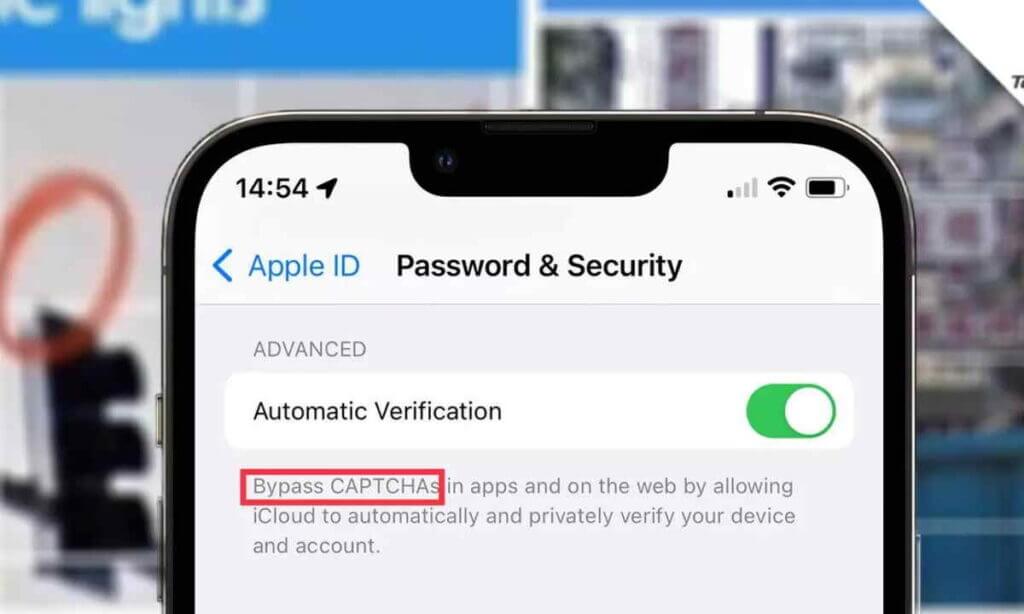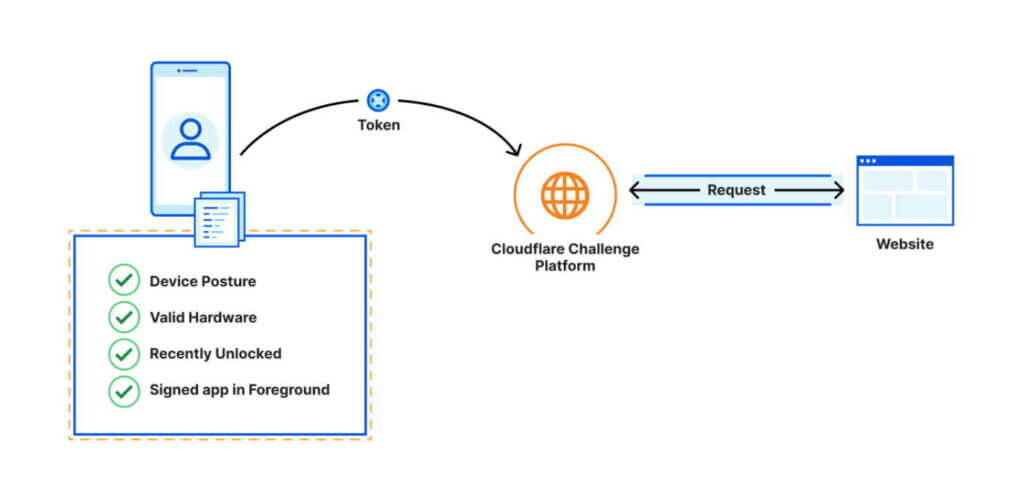Why Apple is working on Bypassing CAPTCHAs code on Mac or iPhone?
With a new feature in its next iOS 16 and macOS Ventura upgrades, Apple will get rid of CAPTCHA verification.
The business is introducing a new automated verification setting that will confirm a user’s identity as a person to a website or app without a CAPTCHA under Settings > Apple ID > Password & Security > Automatic Verification.
Bypass CAPTCHAs in applications and on the web by allowing iCloud to automatically and secretly validate your device and account, according to Apple’s explanation of the functionality for iOS.
Apple said during its keynote talk at the Worldwide Developer Conference (WWDC) that CAPTCHAs were difficult to complete, violated acceptable privacy standards by recording IP addresses, and might exclude individuals with impairments who found it challenging to complete a CAPTCHA.

Instead, the Cupertino-based tech giant suggested that websites employ Private Access Tokens (PATs) to confirm that a human is accessing them. Token requests from servers can be made using the HTTP PrivateToken authentication mechanism. This will enable servers to just obtain verification-related data without learning any user-facing information like IP addresses.
How is Apple Bypassing CAPTCHAs code on Mac or iPhone?
According to AppleInsider, Apple signs off on the tokens via an iCloud-based attestor, and the device’s secure enclave delivers a certificate.
Additionally, it looks for behaviours that are challenging for bots to replicate, such as using Face ID to unlock an iPhone or using Safari to browse a webpage. In order to give consumers a CAPTCHA-free existence, Apple collaborated with cloud service providers Fastly and Cloudflare to enable PATs.
As Apple, Google, Fastly, and Cloudflare all participated in the development of the protocol, PATs can be cross-platform. On Android, there has yet to be any implementation. Apple unveiled a number of security and privacy improvements during the WWDC event, including real-time security upgrades that are independent of system updates, the capacity to sign in to services without passwords, and locked folders for hidden and deleted images.
How does Private Access Tokens Work?
Apple asserted that CAPTCHAs are difficult for users to complete, frequently violate privacy best practices by recording a user’s IP address, and potentially exclude people with disabilities who find it challenging to complete a CAPTCHA challenge in a presentation at the Worldwide Developer Conference (WWDC).
Websites may employ Private Access Tokens (PATs) to confirm that a real person is accessing them. The HTTP PrivateToken authentication mechanism allows servers to request tokens. As a result, servers are only able to obtain verification-related information without having access to any user-facing information such as IP addresses.
Apple signs off these tokens using an iCloud-based attestor, and your device’s secure enclave offers a certificate, as explained by AppleInsider. Additionally, it looks for behaviours that are challenging for bots to replicate, such as using Face ID to unlock your iPhone or using Safari to browse a webpage.
In order to give consumers a CAPTCHA-free existence, Apple collaborated with cloud service providers Fastly and Cloudflare to enable PATs.

As Apple, Google, Fastly, and Cloudflare all participated in the development of the protocol, PATs can be cross-platform. On Android, there has yet to be any implementation.
Instead, the Cupertino-based tech giant suggested that websites employ Private Access Tokens (PATs) to confirm that a human is accessing them. Token requests from servers can be made using the HTTP PrivateToken authentication mechanism. This will enable servers to just obtain verification-related data without learning any user-facing information like IP addresses.
According to AppleInsider, Apple signs off on the tokens via an iCloud-based attestor, and the device’s secure enclave delivers a certificate. Additionally, it looks for behaviours that are challenging for bots to replicate, such as using Face ID to unlock an iPhone or using Safari to browse a webpage.
Apple unveiled a number of security and privacy improvements during the WWDC event, including hidden folders, real-time security upgrades that are distinct from system updates, and the capacity to enter into services without a password.